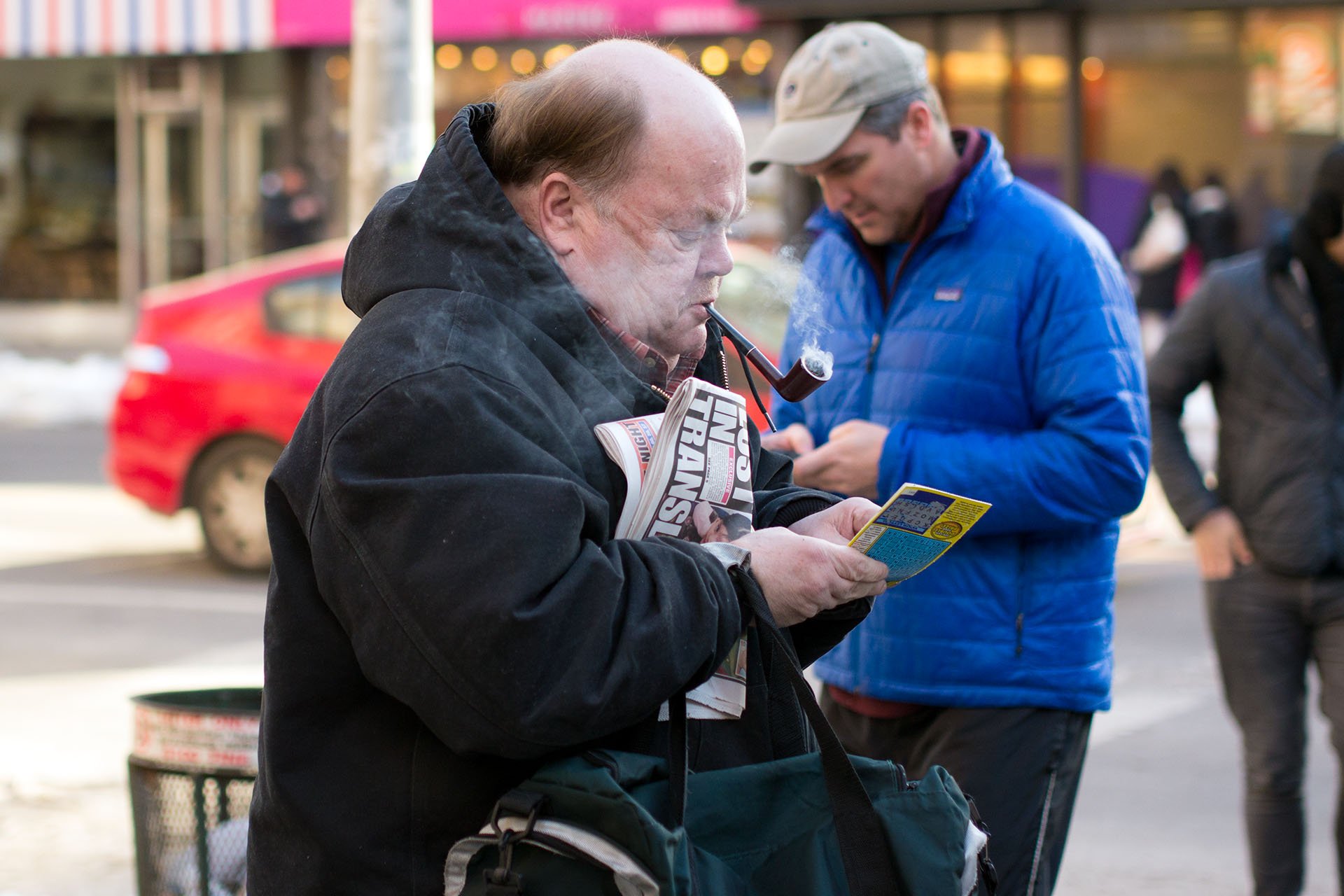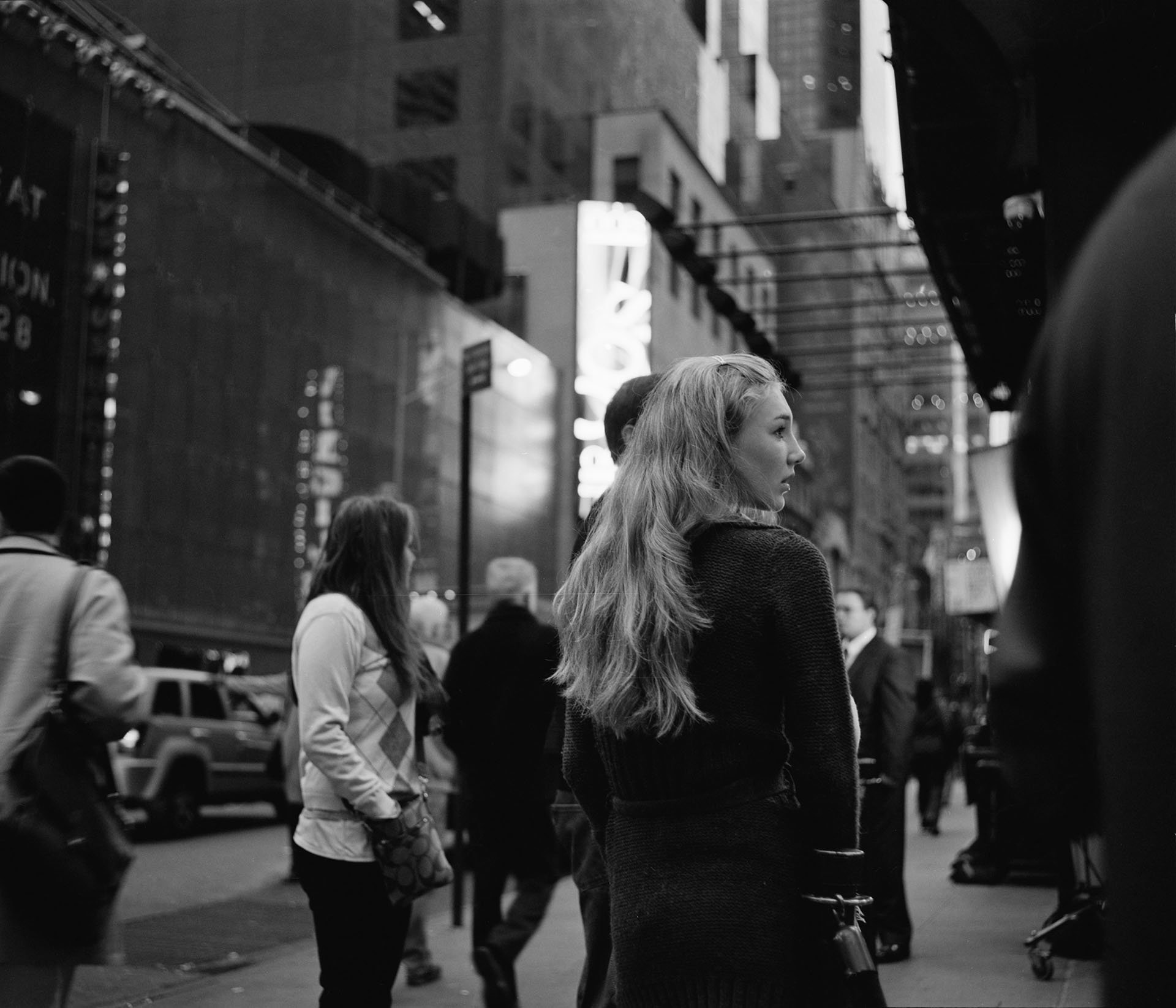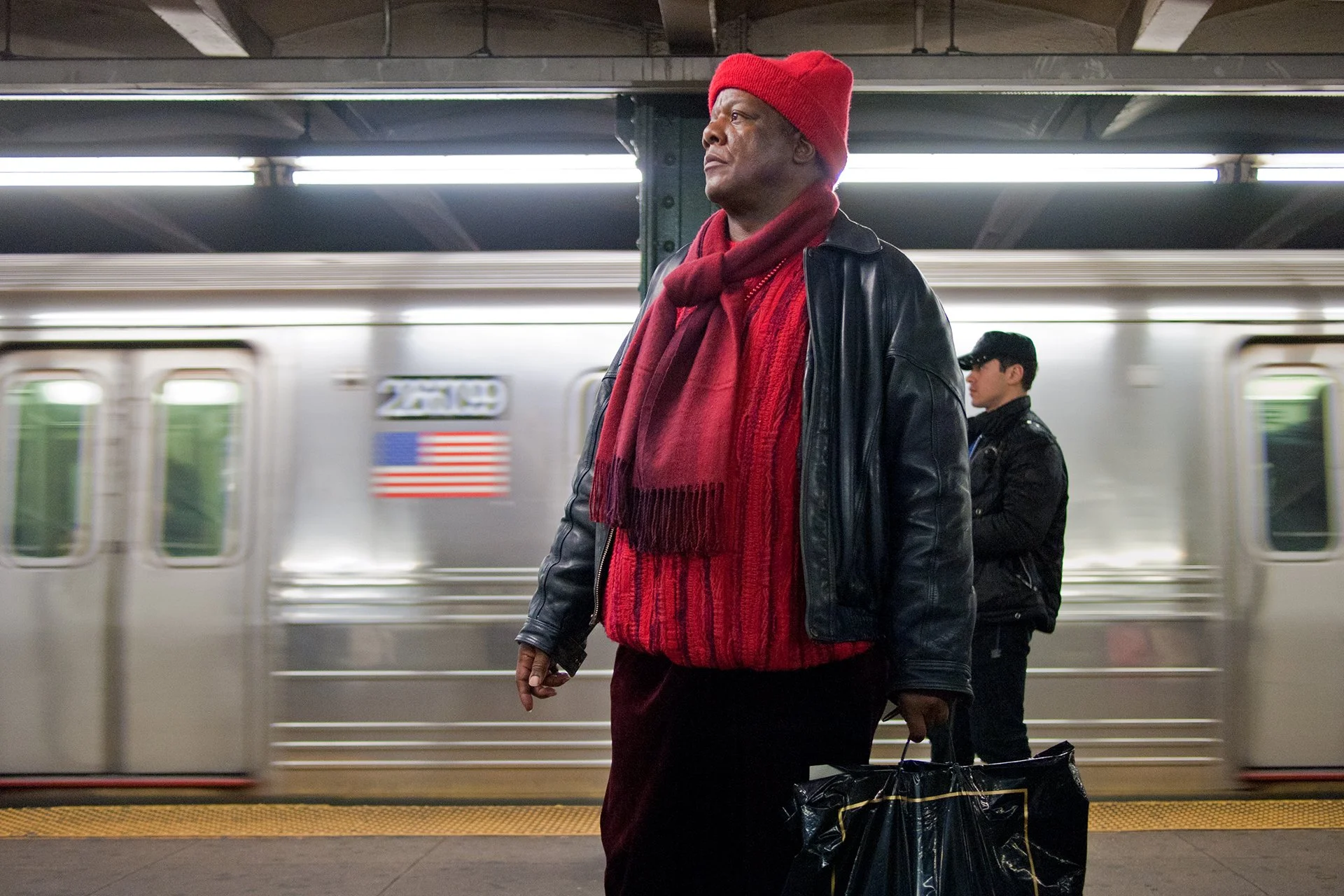New York Is A Mood
There’s nothing easy about New York. Whether you land at JFK and stand in a sea of people for an hour, or arrive at LaGuardia and hope your luggage shows up, the journey is part of the challenge. And if you happen to fly into Newark, well, that’s a test in itself. Once you get to the city, you’re navigating a maze of concrete, layered over centuries of history, dating back to when this land was nothing but a swamp.
Yet there you are, standing on 500 years of modern history, in the center of the world’s largest economy. Despite the chaos, New York has a way of making you feel connected to something larger, a part of the energy that drives the world’s stage. The city is a reminder that, no matter the struggle, it’s been built by dreamers and doers, all working toward something greater.
When I lived in Miami, New York always seemed like the ultimate goal—the place you went to prove you’d made it. It was a beacon in my mind, a city of endless opportunity and ambition. But through extended work trips there building streaming infrastructure, I found myself spending enough time to blend in, to pretend I was native. The hustle of it all became familiar, and the city began to feel like it was part of me.
Like everyone else, it seemed, I was there to make money, to climb, to keep up with the unrelenting pace. New York felt like one of those game machines where you’re scrambling to grab as much cash as you can in sixty seconds. The clock is always ticking, and there's this constant sense of urgency, a pressure to prove that you’re still in the race. The dream of New York changes when you live there—it's no longer just the aspiration you thought it would be. It becomes a part of the reality you must navigate, with all its challenges, noise, and rewards. And yet, in that scramble, you can't help but see the value of it. Each second spent is a reminder of how far you've come and how much further you have to go.
The tourists in New York always look a little confused, and often a bit disappointed—like they’ve arrived expecting a version of the city polished up by movies, sitcoms, and superhero franchises. You can almost see the disconnect in their eyes, as they try to reconcile the real New York with the glossy, sanitized version they were sold. Maybe Giuliani’s era of “cleaning up” the city set unrealistic expectations. Or maybe it’s just the eternal mismatch between image and experience.
They wonder, why are there so many people yelling in the street? Why does everything cost twice as much as it should? Why does it smell like hot trash in the middle of February? These are valid questions, but they miss the bigger picture. What they’re seeing isn’t the failure of the city—it’s the essence of it. New York has never been about comfort or clarity. It’s about resilience, friction, and rhythm. The garbage, the noise, the attitude, and even the sky-high prices—they're all part of the character.
To be a native, or even just a seasoned visitor, is to understand that New York doesn’t owe you anything. You show up, and the city decides whether to give you a break or knock you sideways. And in between, if you’re lucky, you catch a moment of beauty so pure and unexpected that it makes all the chaos worthwhile.
But not everything about New York sucks. The subway is one of the city’s great equalizers. It’s hot, grimy, always delayed, and smells like a mix of hot metal and mildew, but it connects the entire city. It goes everywhere, even places you’d rather not end up. And everyone uses it. You’ll see Wall Street suits shoulder to shoulder with breakdancers and street performers. For all its flaws, it works—and that’s kind of amazing.
Still, I wish I’d seen New York in the early '80s. Before the corporate towers took over and rent pushed out the dreamers. Back when the city was rough, unpredictable, and full of possibility. It was a haven for artists, rebels, and anyone who didn’t fit in elsewhere. People weren’t chasing clout, they were chasing meaning. Basquiat and Haring made the streets their gallery. Punk bands played for drink tickets. The city had edge, and with that came freedom.
Today’s New York is shinier and more expensive, but you can still find pieces of the old soul. A late-night jazz set in Harlem. A graffiti-covered dive in Queens. A kid with a saxophone playing his heart out on a half-empty train. Those moments remind me why the city still matters. Beneath the polish, New York is still New York. You just have to look harder.
People call New York the city that never sleeps, and that much is true. No matter the hour, something is always happening—a dive bar buzzing at 4 a.m., a bodega making fresh bacon-egg-and-cheese sandwiches before dawn, sirens wailing like a metronome for the night. And if the block you’re on feels dead, just walk a few more. Around any corner there’s a burst of life: music, conversation, motion. It’s a city in constant flux, where the streets themselves feel alive.
There are parallels to be drawn with Los Angeles, particularly in the way people gather. In L.A., it’s drum circles on the beach, skaters bombing hills at dusk, warehouse parties that only locals know about. The energy in L.A. is looser, stretched out under the weight of the sun. New York's energy, by contrast, is more compressed. It vibrates, cracks, and hurls itself forward with urgency. Where L.A. floats, New York punches.
Still, both cities are creative magnets. They attract the restless, the ambitious, the misfits. But they express themselves differently. L.A. hides its ambition behind palm trees and sunglasses. New York wears its hunger on its sleeve. There’s a grit here, a directness that can be jarring but is often honest. And in both places, if you want to find your tribe, you will—eventually.






